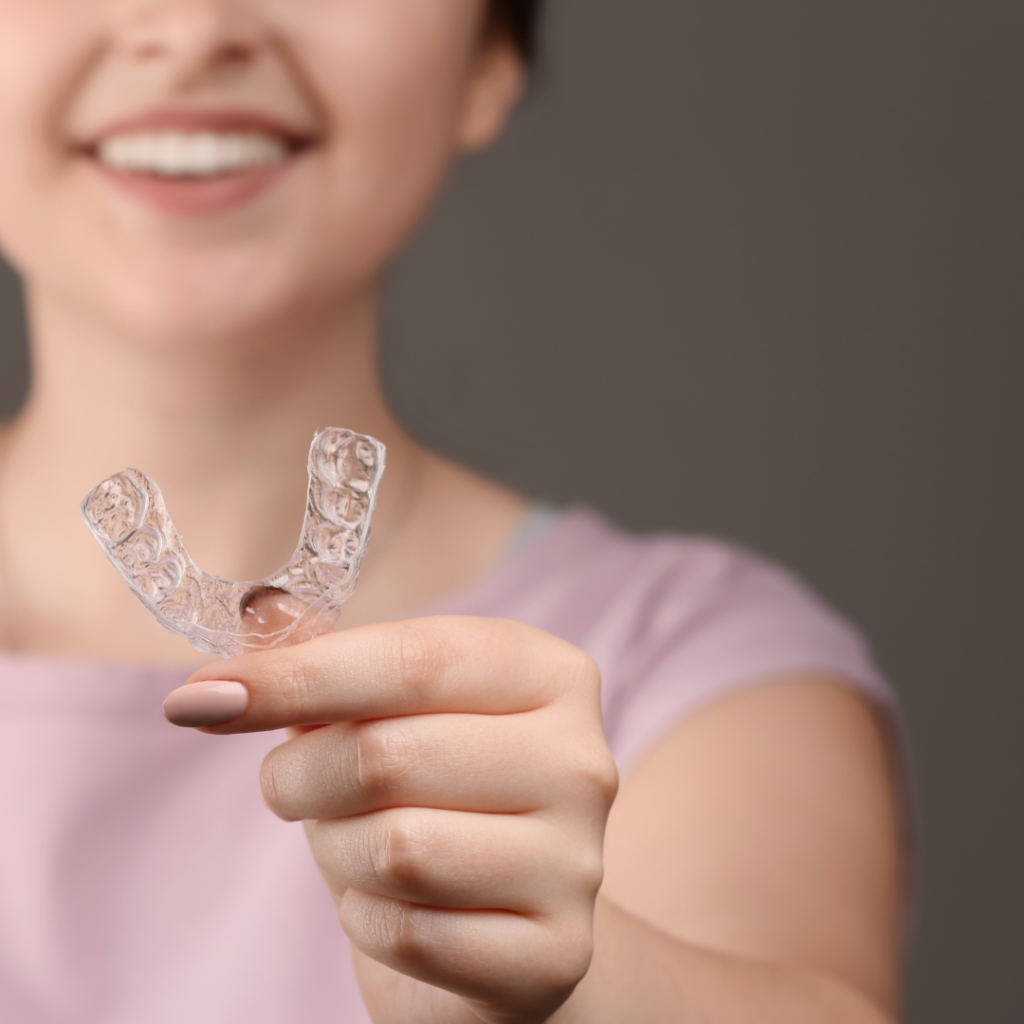Bruxism Appliances: Protecting Your Teeth and Quality of Life
Discover the world of bruxism appliances, specialized devices designed to alleviate the effects of teeth grinding and clenching. Learn how these appliances work, when they are recommended, and their significance in improving your oral health and well-being.
Teeth grinding and clenching, a condition known as bruxism, can be more than just a nighttime annoyance. It can lead to dental problems, discomfort, and diminished quality of life. Bruxism appliances offer a solution to help protect your teeth and improve your overall well-being. In this comprehensive guide, we’ll explore bruxism appliances, explaining what they are, how they work, and why they are essential for those who suffer from bruxism.
Understanding Bruxism
Bruxism is a common dental condition characterized by the grinding, clenching, or gnashing of teeth, typically occurring during sleep. It can also happen during waking hours and is often associated with stress or anxiety. Over time, untreated bruxism can lead to dental issues such as worn-down enamel, cracked teeth, jaw pain, headaches, and more.
What Are Bruxism Appliances?
Bruxism appliances, also known as nightguards or occlusal splints, are custom-made devices designed to address the effects of bruxism. These appliances are worn over the teeth, creating a protective barrier that absorbs the forces generated by grinding and clenching. Bruxism appliances come in various forms, including soft nightguards, hard acrylic splints, and more.
When Are Bruxism Appliances Recommended?
Bruxism appliances are recommended in several situations:
Tooth Protection: They are used to protect teeth from the damage caused by grinding and clenching, including enamel erosion and fractures.
Pain Relief: Bruxism appliances can alleviate jaw pain, headaches, and facial discomfort associated with bruxism.
Restoring Quality of Sleep: For those whose bruxism disrupts their sleep patterns, these appliances can improve the quality of sleep.
Stress Management: In some cases, bruxism is linked to stress. Appliances can help manage symptoms while stress-reduction techniques are employed.
The Bruxism Appliance Fitting Process
The process of getting a bruxism appliance typically involves the following steps:
Diagnosis:
Your dentist will diagnose bruxism through visual examination and discussion of your symptoms.
Impression:
Impressions of your teeth are taken to create a custom bruxism appliance that fits your mouth perfectly.
Fitting and Adjustment:
Once the appliance is ready, it is fitted and adjusted to ensure comfort and effectiveness.
Monitoring:
Your dentist will monitor your progress and make any necessary adjustments to the appliance.
Maintaining Bruxism Appliances
Proper care and maintenance of your bruxism appliance are essential for its longevity and effectiveness. Regular cleaning and follow-up appointments with your dentist are recommended.
Benefits of Bruxism Appliances
Bruxism appliances offer several benefits, including:
Tooth Protection: They protect teeth from the damage caused by grinding and clenching.
Pain Relief: They alleviate jaw pain, headaches, and facial discomfort.
Improved Sleep: They help improve sleep quality for those whose bruxism affects their rest.
Stress Management: Using a bruxism appliance can be a part of stress management strategies.
Conclusion
Bruxism appliances play a vital role in protecting your teeth, relieving pain, and improving your overall quality of life if you suffer from bruxism. If you suspect you have bruxism or have been diagnosed with it, consult with your dentist to explore the benefits of a custom-made bruxism appliance tailored to your specific needs.

